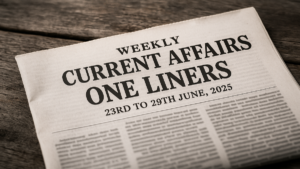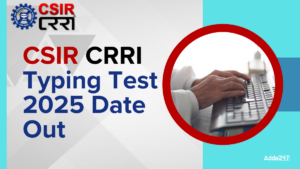Indian Independence Movement- Colonial rule had been in prominence in many countries of the world, and India was one of them. Since India had so much economic importance to the British, they went on to take over the country’s administration as well. It all began with trade and later when they understood the abundance of wealth in terms of indigo, spices, cheap human labor, etc. The British were determined to find ways to break open rifts in the indigenous rulers of the country and gain a foothold in controlling every aspect of trade and commerce in the country.
Indian Independence Movement: History
For 200 years, they were able to achieve that, but many of the rulers and common men of the country understood that they were slaves of the British regime. And they will have to break the chains and gain freedom. The first actual war of independence was in the year 1857, though several other revolts that were documented in history. But a major mutiny of Indian sepoys who worked for the British began this rebellion which spread to different parts of the country.
The British wanted to take over India and get all the princely states under them. To overthrow them, they got the Indian soldiers to attack with individual cartridges that have to be loaded into the guns. They had to be opened using their teeth since they were sealed using beef and pork fat. It went against the religious sentiments of Indians. This is when they felt that they had to protest, and slowly it grew, and a lot more people joined in revolting against the British.
The British were able to suppress the revolt with force, but they had learned their lesson. And they knew that people of the country weren’t happy with the British regime and there would be several such attempts to gain freedom. The major outcome of the revolt saw that the British East India company would no longer rule India. The U.K. started ruling India through a Viceroy earlier known as the Governor-General of India. And India was made a part of the British empire. All the rulers and people of India were told that they would be treated equally according to British law.
Though the British were careful and knew that they had to deal with the Indians tactfully. Hence the British took some measures to make it seem they believed in inclusiveness and were giving the Indian people opportunities. The Indians still were under British rule and had no say in the administration of the country. People then got frustrated and organized movements and protests. People got together to bring in leaders who will educate the people about their rights and get rid off many ill practices such as child marriage, the Sati system, caste system, which weren’t doing any good to the society.
Indian Independence Movement Leaders Name
Many great leaders came to the fore who inspired the society and brought changes in though and paved the way for Indian independence
- Swami Vivekananda
- Ramkrishna Paramhansa
- Sri Aurobindo
- Subramanya Bharathy
- Bankim Chandra Chatterjee
- Syed Ahmed Khan
- Rabindranath Tagore
- Dadabhai Naoroji
Among the people who were in the freedom struggle were divided in the way to deal with the British, some of them held extremist views and other moderate ones. The clash of principles was there, but their goal was one that was to free mother, India, from the clutches of British.
One of the Prominent leaders Lokamnay Tilak (Bal Gangadhar Tilak), as the masses popularly called him, raised a slogan “Swaraj is my birthright,” which became the mantra forward to gain independence.
The moderates formed the Indian National Congress, and they tried to reign in the people with ideologies of building a better society and need of education. The British were now conscious of the uprising, but they dealt with all the protests with an iron hand. They brought in divide and rule policy so that Muslims and Hindus never unite and fight against the British.
There were several acts and orders of the British that did not go down well with the Indians, and their fight for freedom became intense
- Partition of Bengal- dividing people over faith
- World war one- sending Indian soldiers to fight for the British
- The Rowlatt Act- to arrest people and keep them in prison without trial
- Several other events such as the Jallianwala bagh massacre
When Gandhiji joined the freedom struggle and involved non-violent movements to gain independence from the British such as
- Non-cooperation movement
- Salt satyagraha
- Civil disobedience
- Quit India movement
The entire nation came together and made the British notice that Indians wouldn’t rest till they gained freedom. Many prominent leaders such as Subhash Chandra Bose, who founded the Indian National army gathered support from other countries to fight the British and gain independence for India.
Finally, after several marches, protests and revolts, India got political independence from the British on the midnight of August 15th, 1947.


 Weekly Current Affairs One Liners 23rd t...
Weekly Current Affairs One Liners 23rd t...
 CSIR CRRI Typing Test 2025 Date for JSA ...
CSIR CRRI Typing Test 2025 Date for JSA ...
 Can Final Year Students Apply for SBI PO...
Can Final Year Students Apply for SBI PO...


